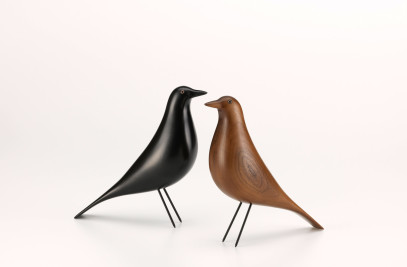The first Active House of Rome is currently under construction in the EUR district.
It is a housing project by studioIT’S, whose design was inspired by the three main principles of Active House: environmental sustainability, energy efficiency and people’s comfort.
“ Following these guidelines, the project interprets the housing typology pursuing quality and innovation. The quest of balance among the various parameters aims to create an architecture that promotes the wellbeing of its occupants with a positive impact on the environment ” - as explain the architects.

SUSTAINABILITY
The architects’ choice of high-quality materials and construction techniques results incomfortableand highly energy-efficient interiors.
The building will be powered by heat pumps and solar panels; as renewable sources, they will prevent all emissions in the atmosphere and grant the building a neutral environmental impact for all its lifecycle.
Domotics will help reducing energy waste by automatically regulating internal temperature, lighting, and solar screens. The building will also be fitted with a system to collect rainwater.

COMFORT
The occupants’ comfort is further improved by other architectural solutions and notably by the orientation of the building – meant to maximize the amount of natural light and ventilation.
All flats feature openings on two opposite sides – north-west and south-east – and all internal layouts comprise a living area facing both sides. Large terraces double the flats’ surfaces; wide Frenchwindows at floor level blur the relationship between inside and outside and allow panoramic views on the surrounding landscape.
The refinement of the interiors also finds expression in the selection of fine finishings and materials - including durmast wood and Navona travertine.

ARCHITECTURE AND URBAN CONTEXT
The attention for the most innovative aspects of housing is combined with a concern for integrating the project into the surrounding environment. The building will rise in a low-density urban area featuring a lot of green space and high-quality living standards. In line with these features, the architects chose to move the volume back from the street, leaving room for a garden.
The volume does not impose itself and rather seeks continuity with the surrounding buildings. The result is a complex developing on seven floors and housing just a few, luxury apartments: twelve three- and four-bedrooms flats plus attic and super-attic at the top floors.
Realized in reinforced concrete – with a system of prefabricated, disposable formworks – the building presents a simple and clean volume as an homage to the best examples of Italian architecture from the Sixties and Seventies. The exterior is characterized by a next-generation ceramic coating that not only recalls some architectural landmarks of the EUR district, but is also very durable.































